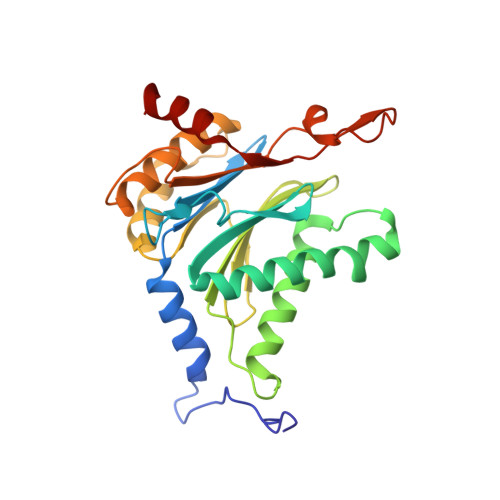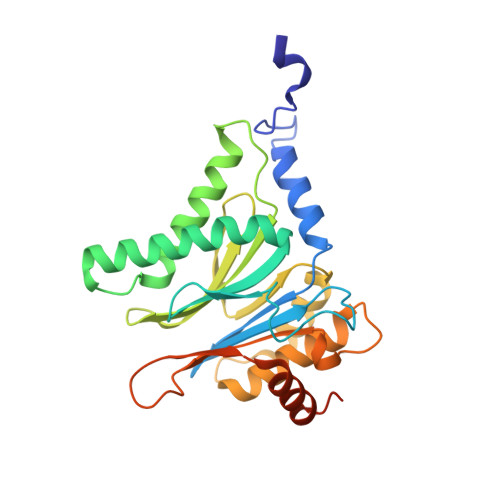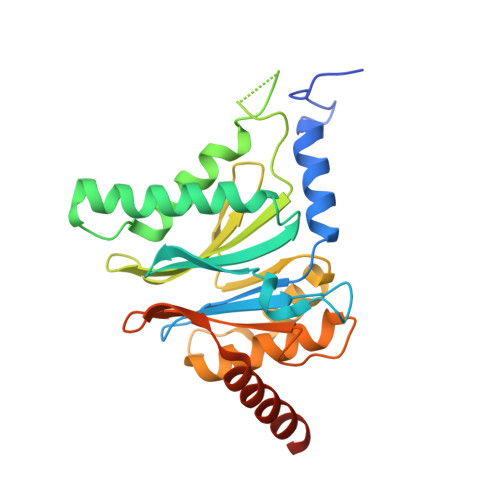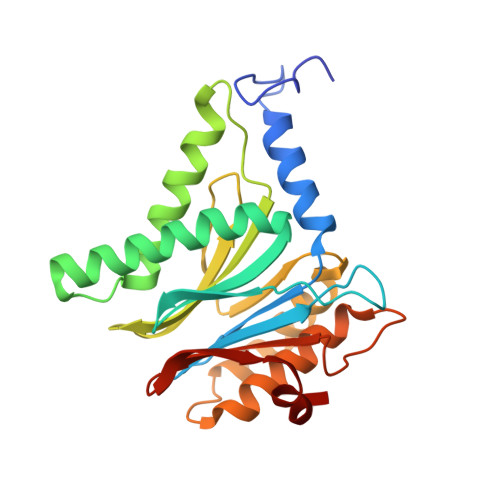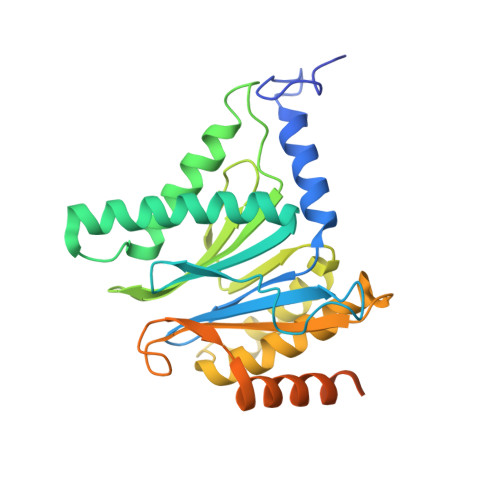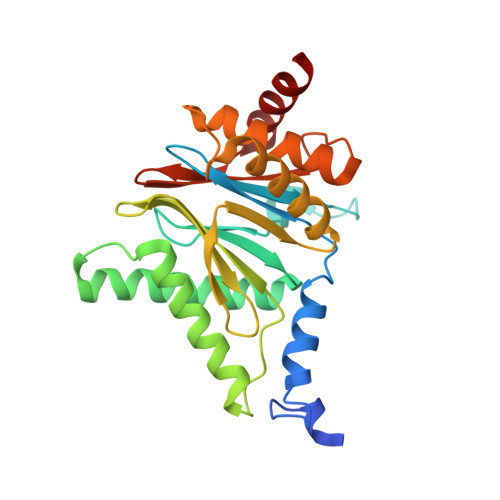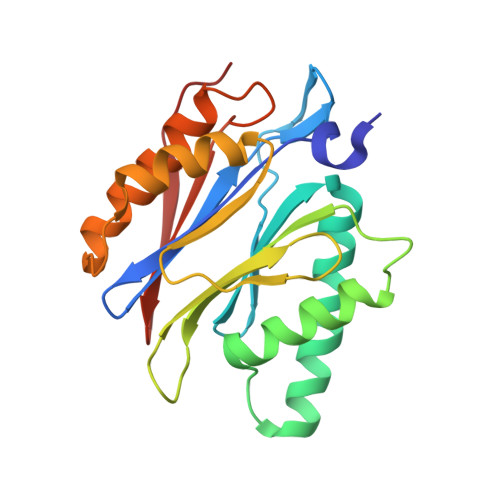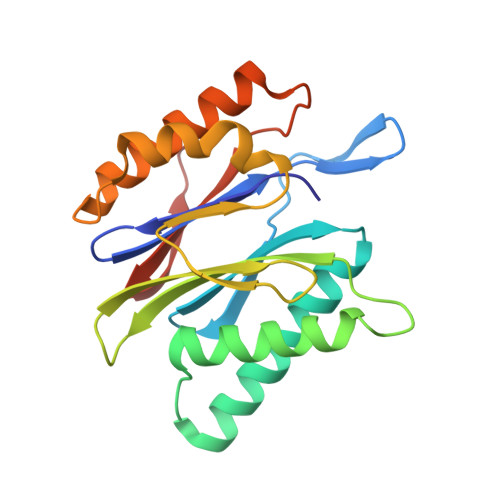A humanized yeast proteasome identifies unique binding modes of inhibitors for the immunosubunit beta 5i.
Huber, E.M., Heinemeyer, W., de Bruin, G., Overkleeft, H.S., Groll, M.(2016) EMBO J 35: 2602-2613
- PubMed: 27789522
- DOI: https://doi.org/10.15252/embj.201695222
- Primary Citation of Related Structures:
5L52, 5L54, 5L55, 5L5A, 5L5B, 5L5D, 5L5E, 5L5F, 5L5H, 5L5I, 5L5J, 5L5O, 5L5P, 5L5Q, 5L5R, 5L5S, 5L5T, 5L5U, 5L5V, 5L5W, 5L5X, 5L5Y, 5L5Z, 5L60, 5L61, 5L62, 5L63, 5L64, 5L65, 5L66, 5L67, 5L68, 5L69, 5L6A, 5L6B, 5L6C, 5LTT - PubMed Abstract:
Inhibition of the immunoproteasome subunit ¦Â5i alleviates autoimmune diseases in preclinical studies and represents a promising new anti-inflammatory therapy. However, the lack of structural data on the human immunoproteasome still hampers drug design. Here, we systematically determined the potency of seven ¦Á' ¦Â' epoxyketone inhibitors with varying N-caps and P3-stereochemistry for mouse/human ¦Â5c/¦Â5i and found pronounced differences in their subunit and species selectivity. Using X-ray crystallography, the compounds were analyzed for their modes of binding to chimeric yeast proteasomes that incorporate key parts of human ¦Â5c, human ¦Â5i or mouse ¦Â5i and the neighboring ¦Â6 subunit. The structural data reveal exceptional conformations for the most selective human ¦Â5i inhibitors and highlight subtle structural differences as the major reason for the observed species selectivity. Altogether, the presented results validate the humanized yeast proteasome as a powerful tool for structure-based development of ¦Â5i inhibitors with potential clinical applications.
Organizational Affiliation:
Center for Integrated Protein Science at the Department Chemie, Lehrstuhl f¨¹r Biochemie Technische Universit?t M¨¹nchen, Garching, Germany.








